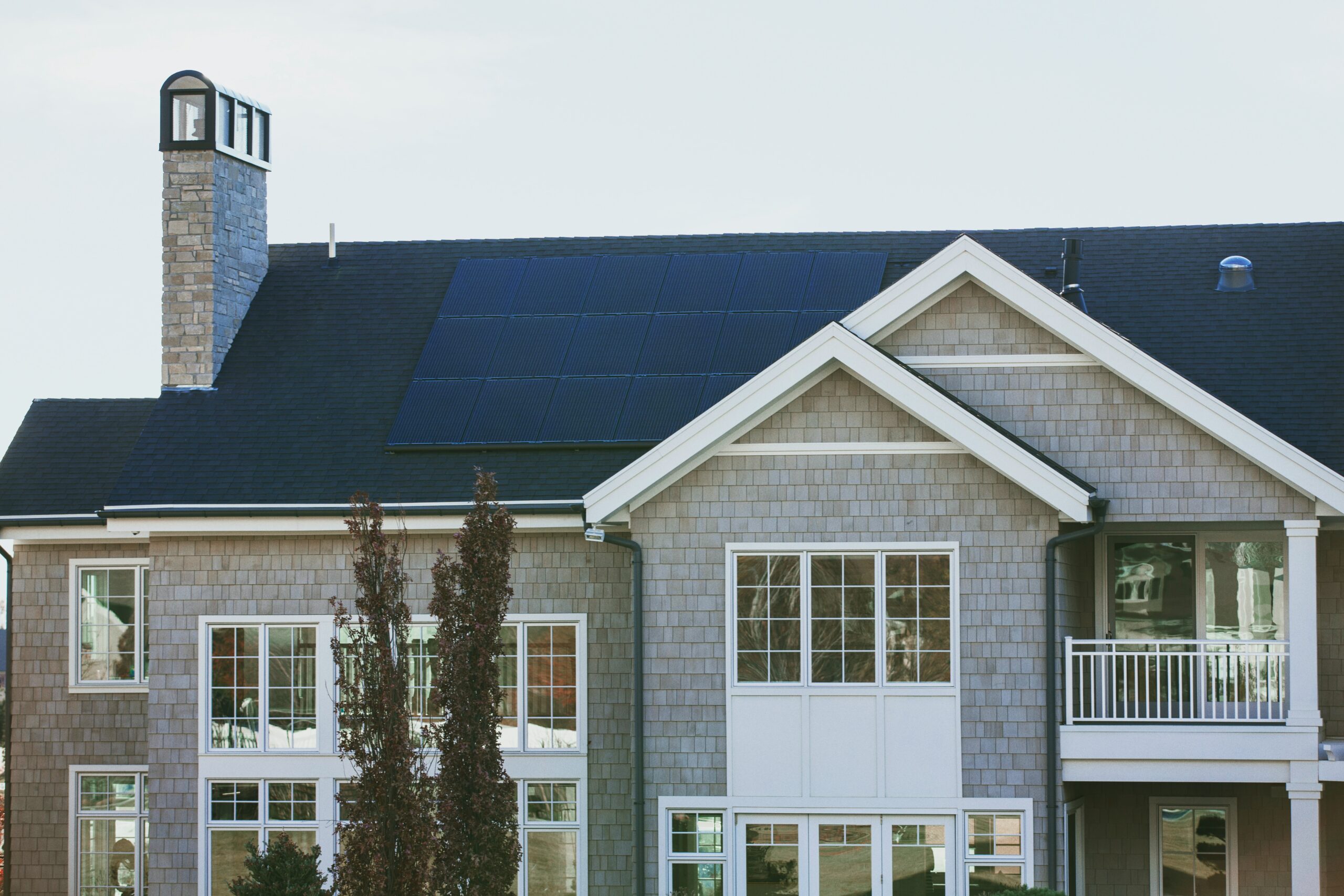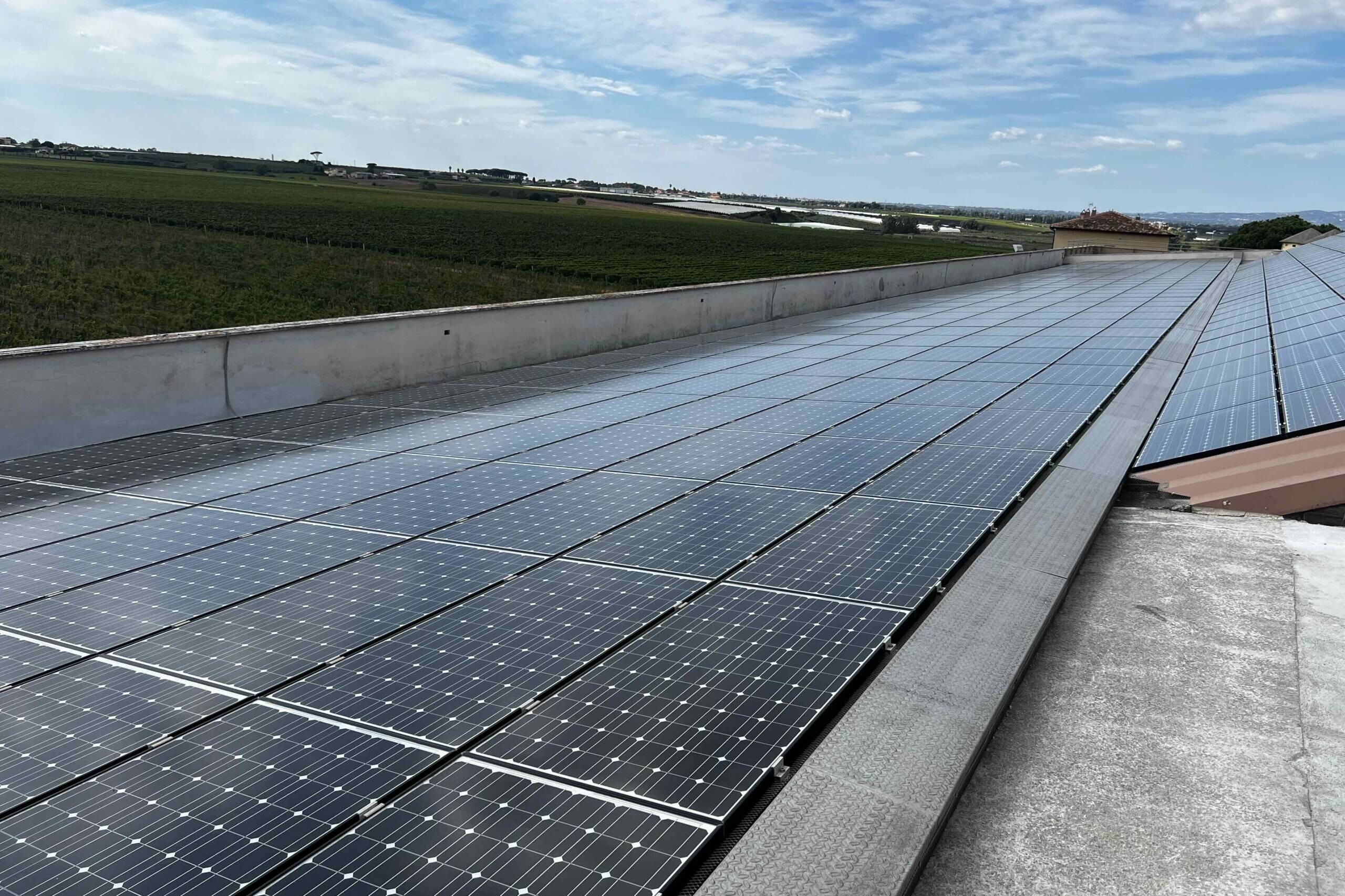Chapter 5: Navigating the Challenges of Retrofitting: From Planning to Execution
Much like any construction project, retrofitting presents its unique set of challenges. Meticulous planning and specialized expertise can effectively overcome these hurdles. Let’s delve into some of the most common challenges encountered during retrofitting and explore viable solutions:
1. Financial Barriers: Retrofitting can initially seem daunting due to the significant upfront costs involved. Nevertheless, various financial strategies, incentives, and tax credits are available to help alleviate these financial burdens.
2. Historical Building Restrictions: Maintaining the architectural essence of historical structures while enhancing their energy efficiency poses a unique challenge. Through inventive problem-solving and the application of specialized expertise, it is feasible to preserve a building’s historical character while improving its functional performance.
3. Occupant Disruption: Retrofitting operations can temporarily disrupt the daily routines of building occupants. A thoroughly devised retrofit plan can substantially minimize these inconveniences by strategically coordinating project phases, reducing their impact, and maintaining open and effective communication with all occupants regarding the process and its long-term benefits.
4. Technical Challenges: The retrofitting process can reveal various technical obstacles, from specific building limitations to the complexities of new installations. Engaging seasoned professionals ensures that such technicalities are skillfully navigated and resolved.
Remember, the key to a successful retrofit lies in proactive anticipation and strategic execution. In our next chapter, we will look forward to the future of retrofitting, highlighting the groundbreaking innovations that are setting new benchmarks in the field.
Further information to explore:
- Overcoming Financial Barriers in Retrofitting Buildings for Energy Efficiency: This source discusses innovative financing models such as On-Bill Financing (OBF) and Property Assessed Clean Energy (PACE), which have emerged to overcome financial barriers in retrofitting projects. These models facilitate building owners in managing the upfront costs by allowing repayments through utility bills or property taxes. It highlights the potential for retrofit projects to deliver attractive financial returns, emphasizing the importance of making financing more accessible to stimulate retrofitting projects and achieve substantial energy savings.
https://energy5.com/overcoming-financial-barriers-in-retrofitting-buildings-for-energy-efficiency - Financial and Systemic Barriers and Solutions to Scaling Energy Retrofits in Commercial Buildings: This report by ACEEE delves into the economic and systemic barriers that hinder scaling energy retrofit projects in commercial buildings. It identifies the divided interests among various stakeholders in the commercial real estate industry as a significant challenge. The report suggests methods to encourage retrofit adoption, including strategic partnerships and policies aimed at aligning the disparate incentives of market actors, thus facilitating a more unified approach towards energy-efficient retrofitting.
https://www.aceee.org/research-report/b2305 - Retrofit Existing Buildings – Department of Energy: The Department of Energy provides a comprehensive overview of the opportunities and resources for retrofitting existing buildings to improve their energy performance. It emphasizes the benefits of energy-efficiency retrofits in reducing operational costs and attracting tenants. The site also offers practical resources like the Advanced Energy Retrofit Guides and Energy Modeling Software to assist in planning and implementing energy-saving building upgrades, helping stakeholders to focus on energy-use goals from the planning stages through post-retrofit monitoring.
https://www.energy.gov/eere/buildings/retrofit-existing-buildings
Greg Totten
CGC 1529916 · LEED AP BD+C
(727)-386-9480
Share
Related Posts
February 21, 2024
Shaping the Future with Retrofitting Innovations
Chapter 6: Shaping the Future with Retrofitting Innovations




